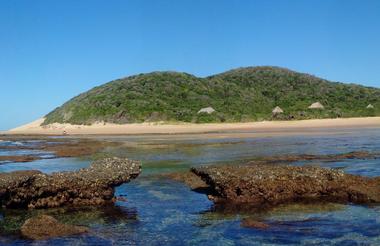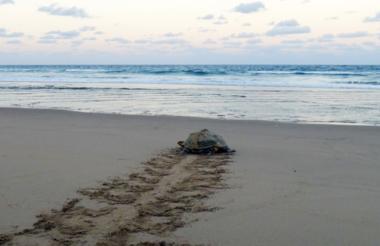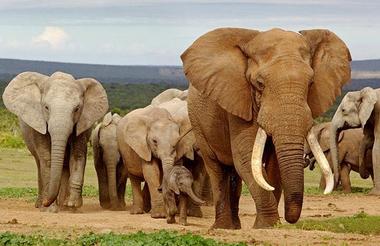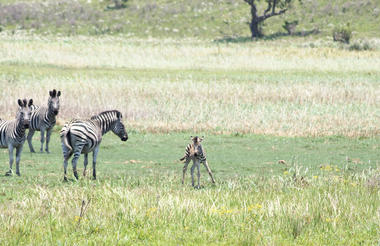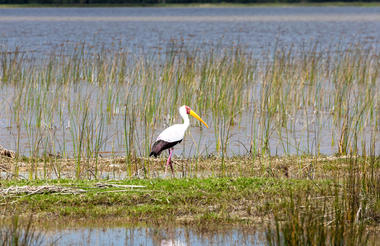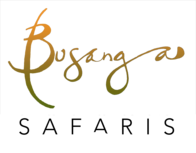Zimbabwe’s capital city is the country’s most cosmopolitan and contemporary destination, dotted with restaurants and bars, shops and markets. Its proud historical and cultural heritage is reflected in several well-preserved old buildings and informative museums, while its many parks and gardens provide a pleasant contrast to the bustling urban sectors. Located within easy reach of the city centre are the Mukuvisi Woodlands, comprising over 250 hectares of rich natural wilderness, while the magnificent Kopje – a rocky hill to the southwest of Harare – offers great views over the city. Other city highlights include the fascinating National Gallery of Zimbabwe, the abundant Zimbabwe Museum of Human Sciences, the Chapungu Sculpture Park, and the gorgeous National Botanic Garden, filled with a variety of rare African plants as well as exotic plants from around the world.
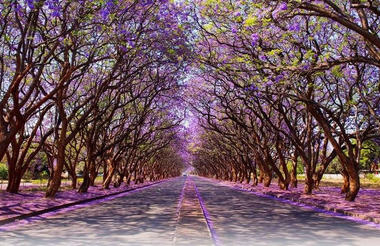




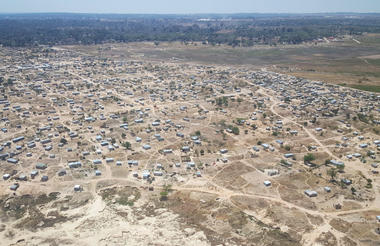
Bordering Mozambique in the southeastern lowveld of Zimbabwe, Gonarezhou, meaning ‘place of elephants’, is Zimbabwe’s second-largest national park and home to over 10 000 elephants. The Gonarezhou National Park extends across a vast area of floodplains, baobab-dotted scrubland, mopane woodland and pale orange sandstone cliffs. It is home to 4 of Africa’s ‘Big Five’ – elephant, leopard, lion and buffalo – as well as a multiplicity of other animal and bird species. Visitors can camp in an unfenced campsite for a truly close encounter with an array of spectacular wildlife including 140 species of mammal, at least 100 different reptile species and over 500 species of bird. Other highlights include: game viewing, bird watching, and viewing the beautiful Chilojo Cliffs towering over the scenic Runde River valley.
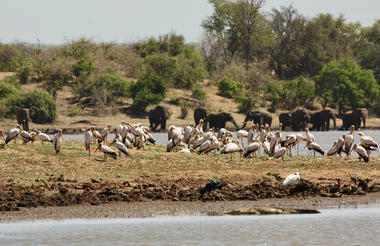
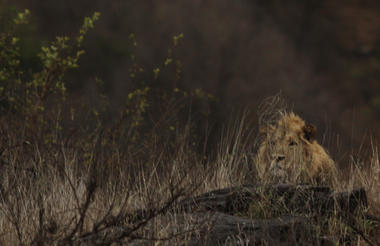
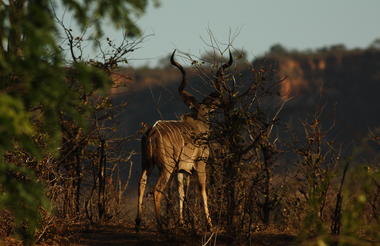
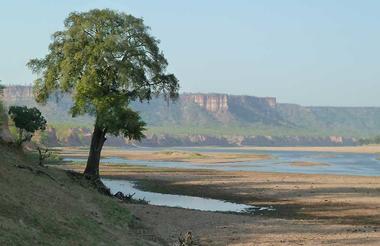
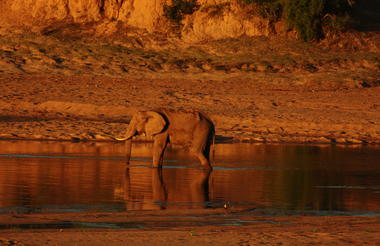
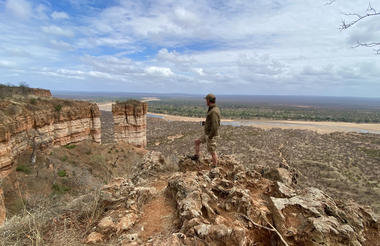
Resting on the Zimbabwe-Mozambique border, 30 kilometres southeast of Mutare, the spectacular Bvumba or Vumba Mountains rise to an impressive 1911-metre peak at Castle Beacon. The year-round abundance of exotic flora and fauna makes Bvumba an ideal destination for nature lovers seeking the region's rarest bird and butterfly species. Keep a close eye out for the endangered Samango monkey and the elusive mountain leopard. Spend your days hiking Bvumba’s picturesque hillsides, verdant natural forests, and breathtaking landscapes, where you will discover a botanical treasure trove of unique African bird, animal and plant life. Don’t miss the Bunga Forest Botanical Reserve and the nearby Bvumba Botanical Garden, designed around several small streams and includes a vital cycad collection, with 59 of the 189 known species.
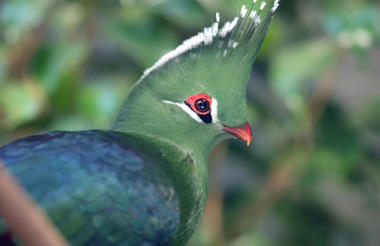
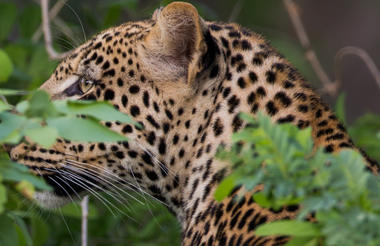
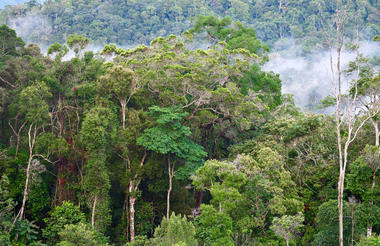



Located in the Great Rift Valley, in Central Mozambique, the Gorongosa National Park is known for its unique biodiversity, spectacular natural scenery and abundant wildlife. The focus of a National Geographic film entitled ‘Africa’s Lost Eden’, the Gorongosa National Park – with its cobalt-blue lagoons, wide open savannah and forested mountains studded with waterfalls – is indeed an earthly paradise, tucked beneath the towering peak of Mount Gorongosa. This popular ecotourism destination presents a conservation success story of community-engaged environmentalism at its best. Activities offered include game drives, guided game treks, waterfall hikes, sundowner excursions, and birding safaris.
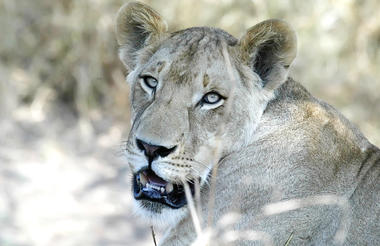
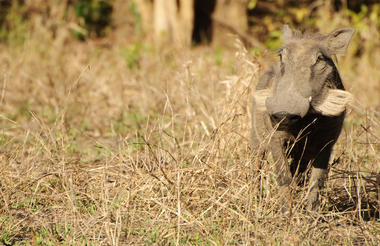
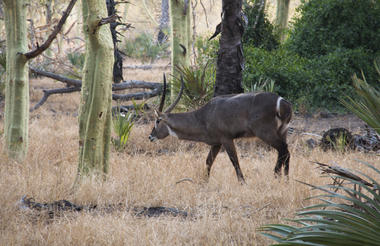
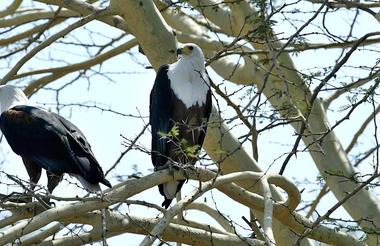
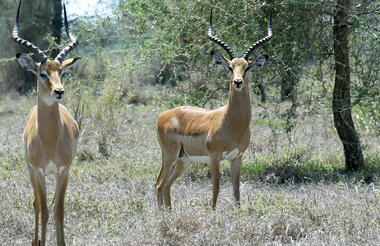

Set off the beaten track, the Special Elephant Reserve, referred to as the Maputo Elephant Reserve until 1969, was established in 1960 to protect the elephant population in the region. Now, one of earth's 36 biologically richest and most endangered ecoregions, the Maputo Special Reserve is a crucial component of the Lubombo Transfrontier Conservation and Resource Area. Measuring just under 1,500 km², this expansive region links a mosaic of marine, coastal and inland landscapes that offer significant conservation value and potential for high-value tourism. Home to exquisite lakes, floodplains, mangrove swamps, woodlands, and forested dunes sweeping down to unspoilt golden sand beaches, this beautiful piece of untouched wilderness provides a sanctuary for an extraordinarily diverse array of African wildlife, including impressive flocks of vibrant flamingos and exotic birds. Keep an eye out for leopard, antelope, crocodile, hippo, side-striped jackal, zebra, kudu, baboon and bushpig. It is also renowned for its population of over 400 elephants that graze in large herds on the open floodplains or explore the dense dune forests.
